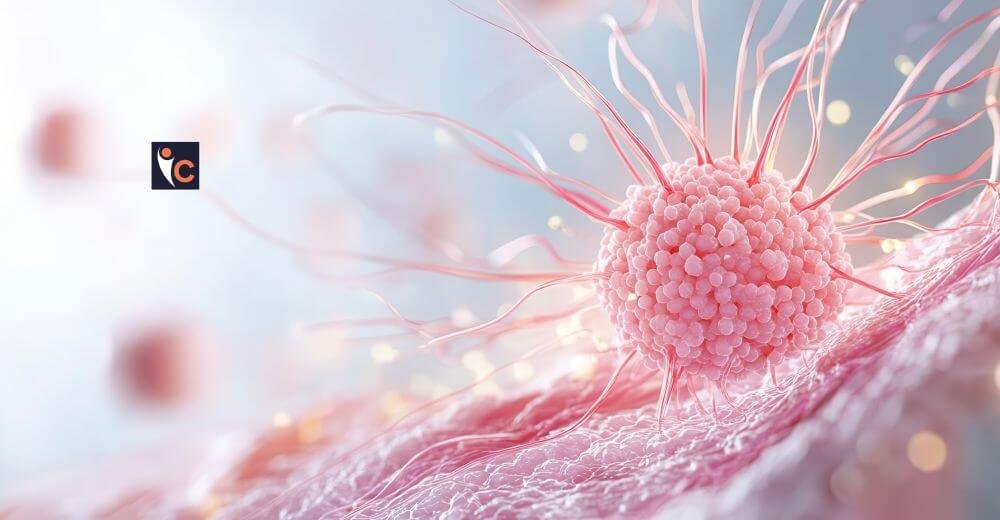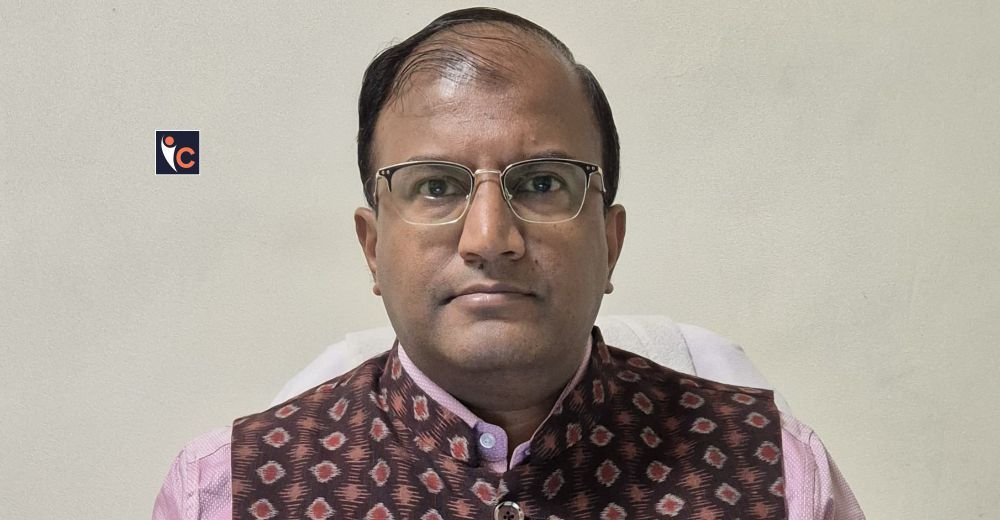Cancer is a scary word that most hope they never hear, but what you may not realize is that cancer detected early can save lives. Doctors and researchers are thus always coming up with new ways of detecting cancer as early as possible. One of the most useful tools that they have at their disposal is something called advanced imaging.
What Is Advanced Imaging?
Imaging is just a fancy word for taking pictures of the inside of your body. You’ve probably heard of X-rays, right? That’s one type of imaging. But advanced imaging goes beyond regular X-rays. It uses special machines that can take detailed pictures of tissues, organs, and even tiny lumps that might turn into cancer.
These are some types of advanced imaging that physicians apply:
MRI (Magnetic Resonance Imaging)
Technology which entails utilization of high force magnets and sound waves to get highly detailed images of the soft tissues of the body such as the brain or the liver. It is fantastic to detect objects which are invisible to regular X-rays.
CT Scan (Computed Tomography)
This is like an X-ray but can provide 3 dimensional pictures. It is just as if you were cutting the body in layers in order to have a better view of what is happening deep inside.
PET Scan (Positron Emission Tomography)
The PET scan differs in the sense that in the other scans, they only depict shapes; in this case, it shows how the parts of the body actually work. It also can assist in detecting cancer because it reveals in which cell location cells are behaving abnormally.
Ultrasound
This procedure also involves creating images of images of what is inside the body through sound waves and not radiation. It is mostly employed in case of babies in the pregnant state, although it can also identify tumors.
Mammogram
This is a special X-ray that examines indications of breast cancer. It is able to detect small lumps when they cannot be detected by the hand.
Why Is Early Detection Crucially Important?
If the cancer is detected early then it can be dealt with more effectively. When a doctor discovers cancer at the earliest stages when it has not even had a chance to spread its tentacles, the prognosis of its survival is higher. It is said that early detection saves lives that is the reason.
Suppose that you have a small kitchen blaze. It can be put out fast in case you realize it immediately. But waiting means the fire can destroy the entire home. The same goes with cancer. When you detect it early, the drug may perform well.
How Does Advanced Imaging Help?
Imaging tests help doctors identify cancer even when symptoms have not yet started to show. Some cancers are quiet. That is, people will not necessarily feel ill right away. By the time they do, and they become aware that something is not right, the cancer has metastasized. Imaging tests don’t let that happen.
For example:
- Mammograms have the ability to reveal breast cancer before the lump is even palpable.
- CT scans can reveal lung cancer when it is just a small spot.
- MRI scans can sometimes reveal brain tumors when they are still quite small.
- Ultrasounds can help doctors find cancer in the liver or kidneys.
These machines are like detectives searching for evidence inside the body.
New Technology Makes It Even Better
Scientists regularly improve imaging machines. Today’s machines are faster, clearer, and safer than before. Some newer machines use artificial intelligence (AI) to help doctors spot very small tumors that they might otherwise miss. AI can scan thousands of images in seconds and highlight anything unusual.
Also, newer imaging machines use less radiation, which is safer. Radiation is the energy used in some scans, like X-rays or CT scans. Also, too much radiation is not good for the body, so less is better.
Challenges to Solve
Incredible as high-tech imaging is, it’s not perfect. Sometimes scans will pick up something that looks like cancer but isn’t. That can needlessly distress people. Other times, small cancers simply won’t appear if they’re in hard-to-image locations.
The second problem is that advanced imaging is not accessible to all. The machines are expensive, and not every hospital has one. Doctors and health leaders are devising ways on how to advance imaging to be more accessible to people worldwide.
Conclusion
Imaging has changed the way doctors diagnose cancer. Due to MRI, CT scans, and mammograms, cancers are being identified earlier than ever. This is allowing patients more hope than ever of beating the disease. Far more studies must be conducted, but the prognosis is favorable. Researchers will keep working with these technologies to allow more people to live longer, healthier lives.
By learning about early detection of cancer, we understand why we need to have checkups and screenings. It isn’t just a question of looking for disease—it’s a question of giving people hope.





